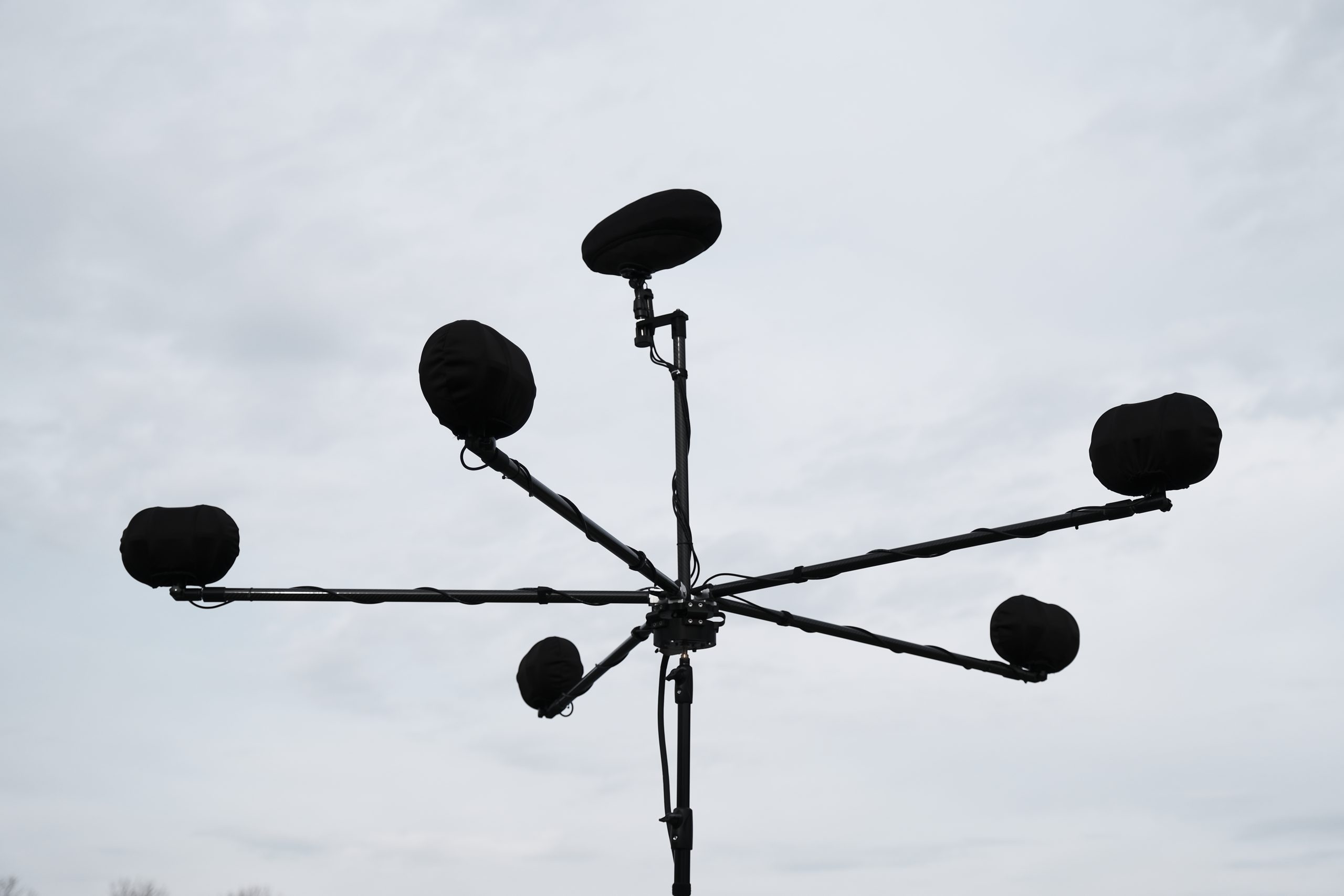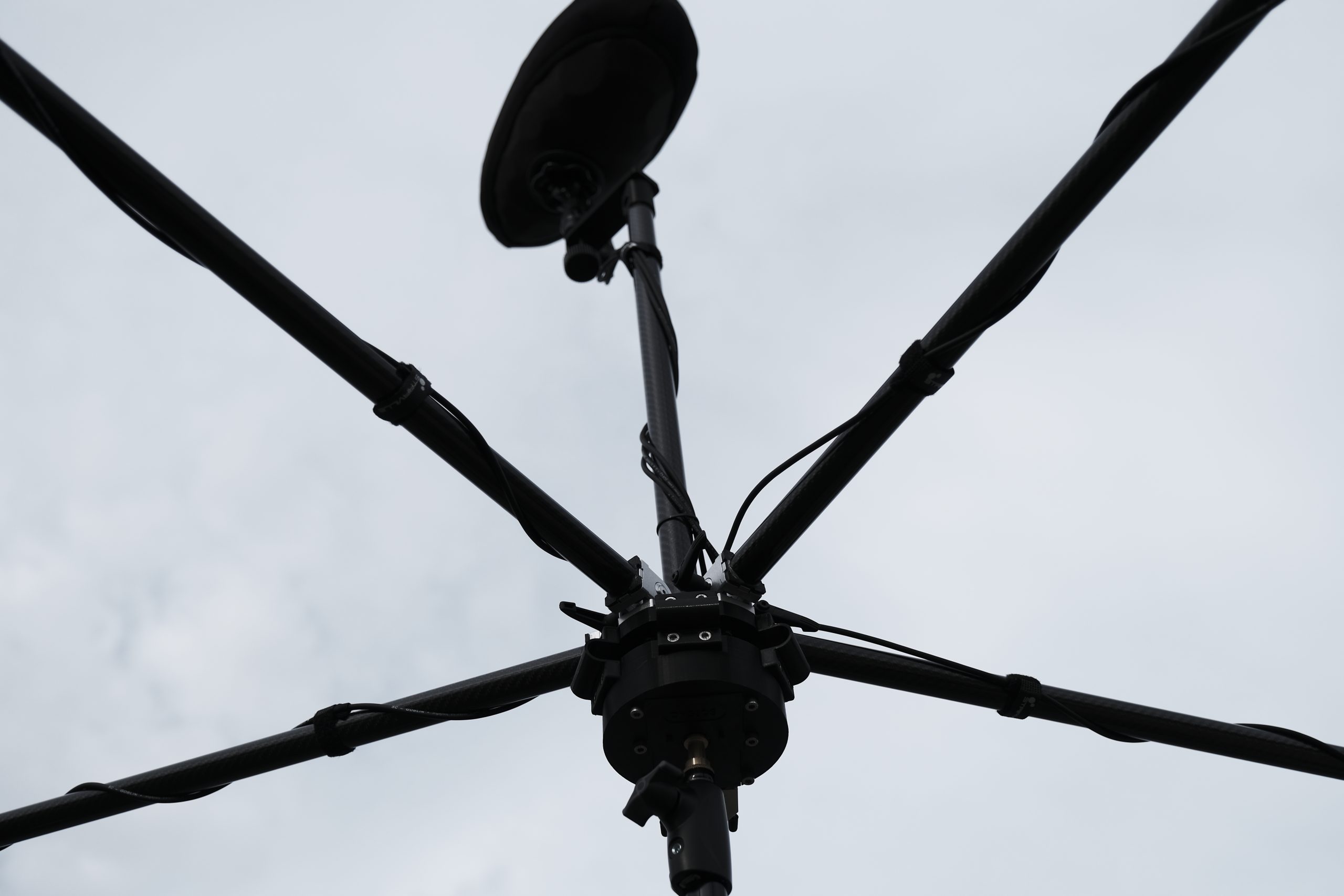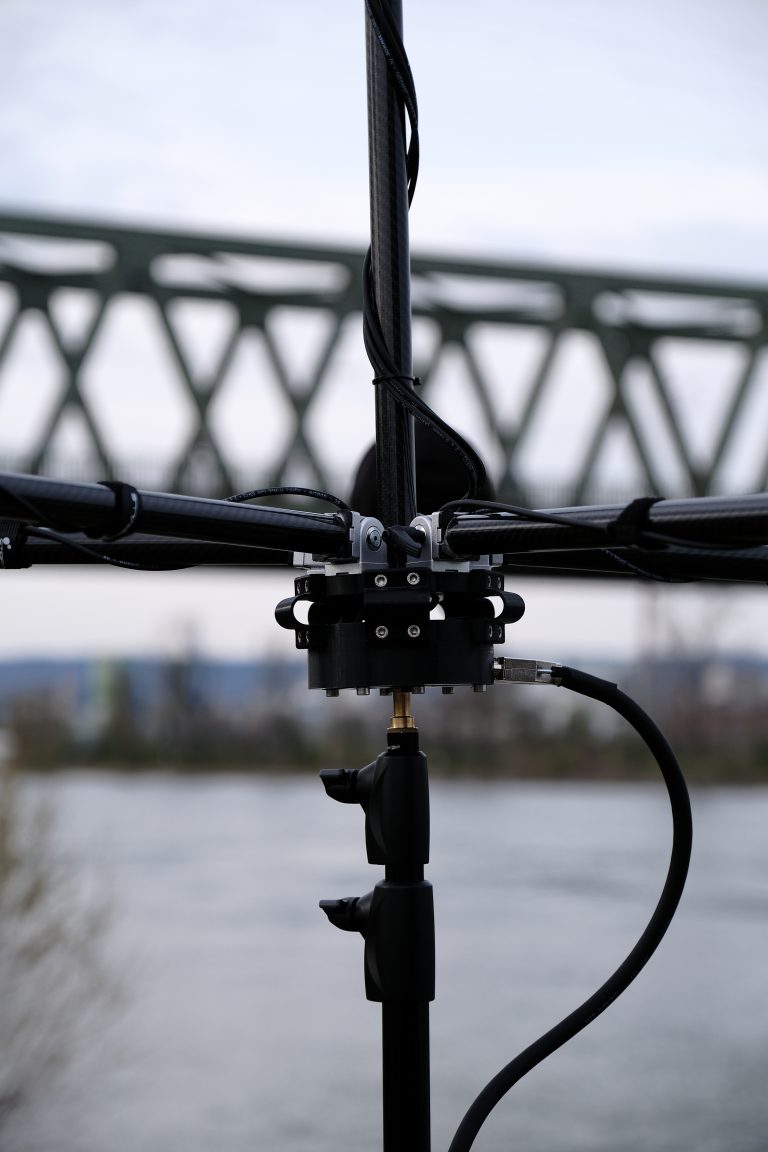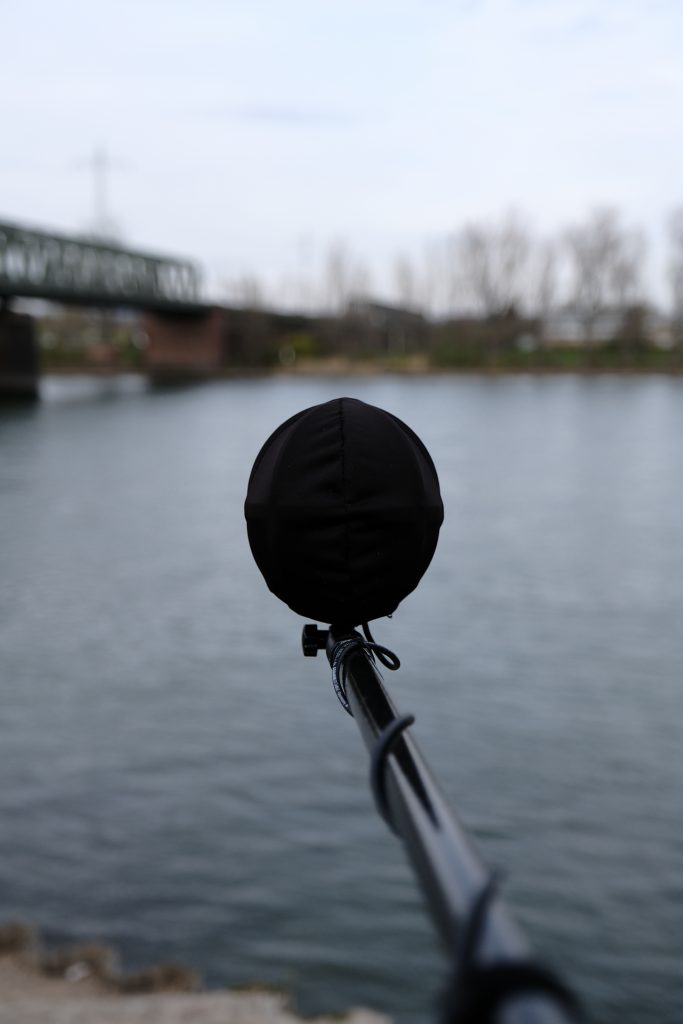DMS3DS – Cinematic Sound For New Media Formats

Double Mid-Side 3D Surround Array by Daniel Meuser

Double Mid-Side 3D Surround Array by Daniel Meuser
DMS3DS stands for Double Mid-Side 3D Surround. This new 3D-Audio array was build and developed by Daniel Meuser in 2020. It combines a DMS (Double Mid-Side) array on the height layer, with an equally spaced 5.0 spaced omni array that builds the surround layer. Combining these very different sounding arrays that complement each other sonically, and placing them in the respective layers where it makes sense, delivers immersive and natural sounding 3D-Audio recordings.

Main microphone array for (classical) music concerts or band recordings.
Ambience recordings for cinema, broadcast, VR-applications, games, 3D-Audio ear-plays, 3D-Audio installations for the Frauenhofer Spacial Wave system, etc.
Main microphone array for large shows or sport events.


| Product specs: | DMS3DS Demos 2021 |
|---|---|
| Audio files: | 16 files, 8 sounds. |
| File Size / Minutes of audio: | 4,16 GB / 40:07 min. |
| Sample Rate / Bit Rate: | 48 kHz / 24 and bit. |
| Sounds loop: | No. |
| Documentation: Metadata sheets are delivered in four different formats for your convenience: | DMS3DS Demos 2021.txt (tab-stopp separated text document to open and edit the metadata in an external programs like Excel or import as a new database into Soundminer or Basehead). - DMS3DS Demos 2021.xls, DMS3DS Demos 2021.xlsx (Excel, Win & OSX). - DMS3DS Demos 2021.csv (CSV for further compatibility). |
| Channel Configuration: | Height 5.1: HL/HR/HC/T/HLs/HRs. Surround 5.1: L/R/C/LFE/Ls/Rs. |
Daniel is a graduated Sound Designer and Field Recordist from Germany, who completed his Bachelor in Sound and Music Production at the Darmstadt University of Applied Sciences in 2017. He has a passion for interactive creative sound design and complex field recordings. He has worked in the areas of game audio, library creation, advertising, broadcast and film.
His influences range from Pierre Schaeffer’s early Musique Concrète to the 8-bit chiptune sounds in retro video games, the powerful sound of electronic dance music and the hyper-realistic sound of Hollywood films. He also knows that great sounds can be found even in our daily lives. R. Murray Schaeffer’s principles of Acoustic Ecology sparked his passion for field recording and led him to the conclusion that he wanted to be a better listener and not want to distinguish one sound from another. And finally, Bernie Krause and Gordon Hempton showed him the wonderful world of Biophony and the sounds of nature, which are becoming increasingly rare.